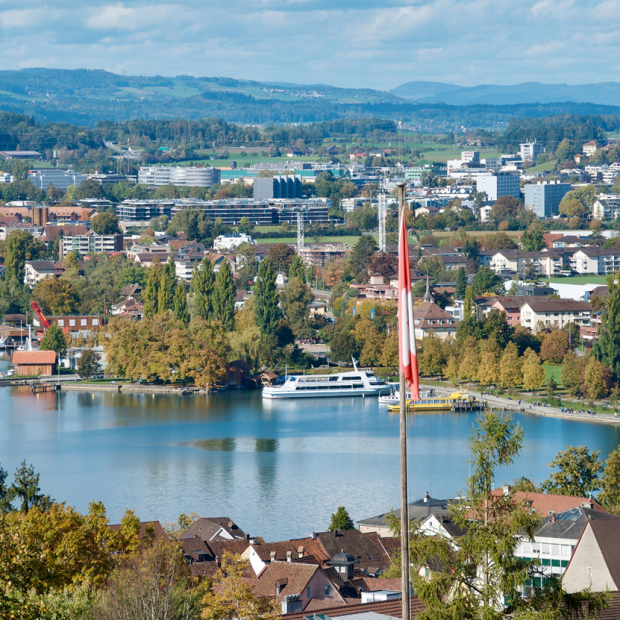

Regional survey of the potential for energy networks
For a regional energy supply company, EBP identified potential areas for new energy networks throughout the company’s supply area.
Whether an energy network can be operated economically in an area depends strongly on the density of energy demand. The heat and cooling demand were therefore modelled and visualized as the most important basis for the assessment. Additional important factors are the local customer structure, the availability of renewable energy sources and waste heat as well as the comparison with existing energy networks and real-estate development areas.
Based on the modelled heat demand, threshold values of the demand density were used to identify those areas in which new energy networks could potentially be operated economically. These potential areas were investigated in depth, considering projected real-estate development, the customer structure and proximity to existing energy networks.
We then drafted a profile for each promising location, including figures for the expected output, heat sales, the average energy density in the area, the customer and building structure as well as the available energy sources. As possible energy sources waste heat, surface water, groundwater, geothermal energy and wood were considered. When selecting sources of energy, an emphasis was placed on locally bound sources such as waste heat and environmental heat. While regionally bound sources of energy such as wood and biomass are relevant, their potential is limited, and they are associated with competing uses.
The survey of the potential for new energy networks revealed the following:
- Potentials for new energy networks exist selectively in the studied area. In total more than 20 potential areas were identified. These locations tend to correspond to areas of higher population density. Less densely populated municipalities in the investigated area have a significantly lower potential for energy networks.
- The presence of existing energy networks proved to be the central factor influencing the potential of new energy networks. Existing energy networks were identified with a research in the existing municipal energy plans. In some municipalities, the potential is already largely exhausted by existing energy networks. Other municipalities have potential areas in which there are no or only smaller heating networks. In such cases, it’s important to examine whether the potential can be best exploited by expanding or merging existing networks or developing new ones.










